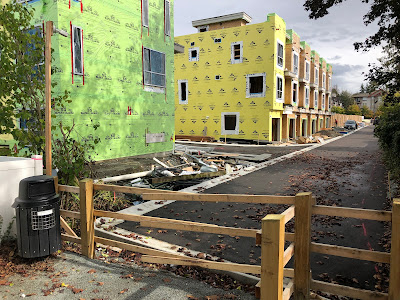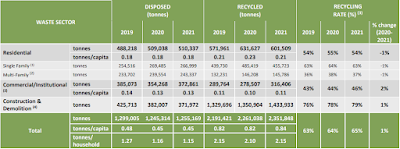One of Langley City Council’s policies is to make $168,000 in Community Grants available annually. The City funds this grant program out of the revenue it receives from the casino.
Beyond non-profits, Community Grants are also available to people in a neighbourhood that want to host a block party to promote getting to know your neighbours, improving health and community safety.
Council approved $140,426 in grants last night as follows.
| Organization | Amount |
|---|---|
| Bard in the Valley | $14,000.00 |
| Big Brothers Big Sisters of Langley | $5,000.00 |
| Boys and Girls Club of Langley | $3,275.00 |
| Canadian Festival of Chili & BBQ | $6,000.00 |
| Community Arts Council of Vancouver | $1,500.00 |
| Copper for Kids Foundation | $1,000.00 |
| DLBA – Arts Alive Festival | $12,500.00 |
| Douglas Park Pickleball | $5,000.00 |
| Encompass – Best Babies | $1,160.00 |
| Encompass – Friends of Dorothy | $2,500.00 |
| Family Services of Greater Vancouver | $1,500.00 |
| Fibromyalgia Well Spring Foundation | $2,000.00 |
| Fraser Region Community Justice Initiatives Association | $1,000.00 |
| Fraser Valley Cultural Diversity Awards | $1,500.00 |
| Langley 4H District Council | $150.00 |
| Langley Amateur Radio Association | $250.00 |
| Langley Animal Protection Society | $5,000.00 |
| Langley Arts Council | $4,666.00 |
| Langley Care Foundation – Langley Lodge | $5,000.00 |
| Langley Community Farmers Market | $2,500.00 |
| Langley Field Naturalists | $2,500.00 |
| Langley Flippers Swim Club | $1,000.00 |
| Langley Fundamental Middle & Secondary Dry Grad | $500.00 |
| Langley Lawn Bowling Club | $2,500.00 |
| Langley Literacy Association | $2,500.00 |
| Langley Pos-Abilities Society | $4,000.00 |
| Langley Rotary Clubs – RibFest Langley | $5,000.00 |
| Langley Scholarship Committee | $4,500.00 |
| Langley Senior Resources Society | $15,000.00 |
| Langley Volunteer Bureau | $1,650.00 |
| Langley Ukulele Association | $2,500.00 |
| Parkinson Society BC | $500.00 |
| Pitch-In Canada | $425.00 |
| PLEA – Children on the Street | $1,000.00 |
| Terry Fox Run | $1,500.00 |
| Valley Therapeutic Equestrian Association | $4,250.00 |
| Vancouver Area Youth Arts – Formerly KPU Music Fest | $5,500.00 |
| Volunteer Cancer Drivers | $1,000.00 |
| Youth Parliament | $1,000.00 |
| Zajac Ranch Society | $5,600.00 |
| Douglas Park Temporary Washroom Facilities | $2,500.00 |
There is $27,574 that Council can still allocate this year, so there is another grant intake window. For more information, please visit Langley City’s website.















